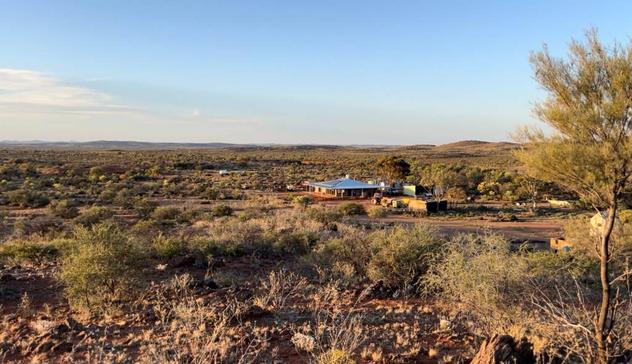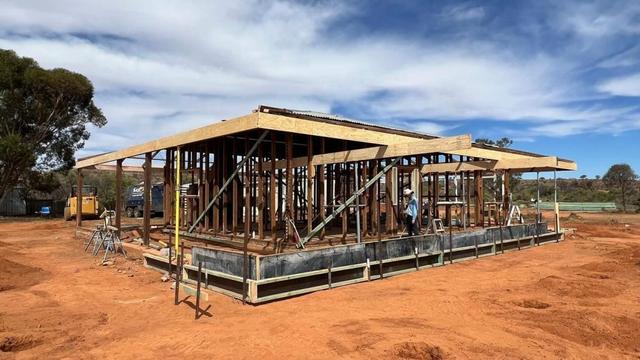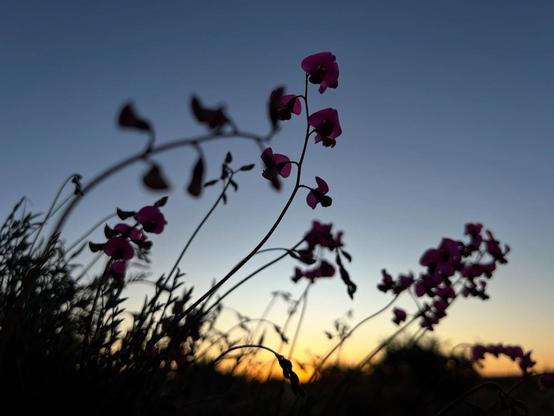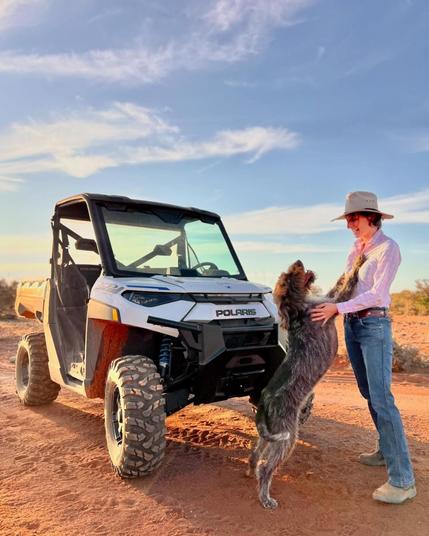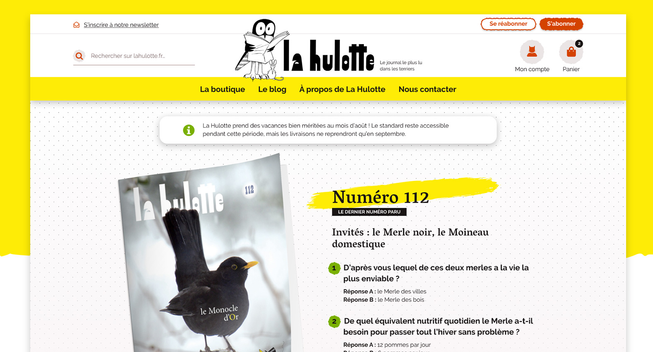@AssoFrancisHalleForetPrimaire Complètement schyzophrène.
D'une main, on réglemente et interdit dans quelques années la circulation de véhicules thermiques, et de l'autre on remet en service une centrale qui brûle des arbres qui par ailleurs permettent de stocker du carbone.
Littéralement, on scie la branche sur laquelle on est assis.
#Forests, #Trees, #EnvironmentalRestoration, #TreeNursery are my top interests.
Les #Forets, les #Arbres, les #Pépinières, la #RestaurationEnvironnementale sont mes plus importants centres d'intérêt.
Los #Bosques, los #Árboles, los #Viveros y la #RestauraciónMedioambiental son mis principales intereses.
I like to code - Studying a tree nursery application.
profile picture : Juniperus oxycedrus, Ultrera castle at 42.515474183596496, 2.9791740791241
Serpenter entre les idées reçues !
Quand on fait référence à la faune forestière, on pense rarement aux serpents. Pourtant ils font pleinement partie des #écosystèmes en bonne santé. Le cas des #vipères, #reptiles injustement dénigrés.
https://www.foretprimaire-francishalle.org/s-informer/sans-la-vipere-la-vie-perd/
Building a Sustainable home in the Australian Outback
In 2024 Anika Molesworth and her partner set out to build a family home in a remote part of New South Wales. They were looking to create, in Anika’s words, “something comfortable, a beautiful space that complemented the land, and a house that doesn’t cost the planet.” That was the mission. But after speaking with various builders, both local and from afar, and getting ideas on new house builds (mainly kit-home/modular type things) they all just felt wrong. The ideas they were presenting and the materials they would be using, went against the whole idea of sustainability.
Faced with these new-build issues, Anika’s attention turned to an abandoned homestead on her family’s property. “It was very humble. Like seriously humble. Tiny windows, small dark rooms, not an ounce of insulation. Never connected to any services. It was going to be a big task making it comfortable.” But Anika could see the potential.
A few local builders were invited over to have a look and give their ideas. The first one said “better to build a new home using refrigerator panels.” Which he happened to sell, dismissing the renovation concept as a waste of time and money. Time and again Anika bumped up with people who just could not see the vision and had no idea what she was talking about with ‘recycling, reclaiming and using natural materials’. Local suppliers – from electricians to plumbing – just tried to sell her the same cheap, imported products. When Anika spoke to a local plumbing supplier about composting toilets she was simply met with eye rolling.
What was left of the old structureThis whole experience Anika found deeply frustrating. Which I can relate to. Trying to build an “eco” home myself, when nobody in the building trade is thinking deeply about sustainability it is very hard. There is a lot of greenwashing going on and “eco” claims that just don’t stack up under scrutiny. But whereas I ended up compromising in lots of areas, just to get the job done, that is not how Anika rolls.
Anika stuck to her guns. She thought “ if I do go for the cheap, easy option (e.g. an acrylic benchtop that is sold in the local hardware store) am I going to be satisfied at the end of the day living in my house, will I have created my dream forever home or not?” The answer was obviously no. So Anika put in the extra legwork, researching products, reading reviews, getting shipping quotes, speaking with suppliers about the unique challenges – like extreme heat and dryness – and then taking a gamble that the product she was purchasing and getting shipped would be as good as she hoped, despite never having seen them in person.
When it came to energy self-sufficiency Anika faced endless sniggers from people who “don’t trust” renewable energy, proclaiming “you’ll run out of power”, “you won’t be cooking Christmas dinner this year”, etc. When in fact, her 30kWh battery and 20kW solar system on the roof has worked faultlessly. Her house is fitted with compressed wall panels (Durra Panel), recycled glass benchtops (Eco Benchtops), bamboo flooring (House of Bamboo), reclaimed deck timber (Thor’s Hammer), water tanks (Bushmans), even an electric buggy (Polaris Electric Ranger).
What Anika and her partner hoped to achieve with this house was to share their story with others—especially those currently renovating or building. They wanted to encourage people to prioritise planet-friendly design and materials. Stay true to their values, and don’t let pushy salespeople make you feel silly for wanting something different.
Along with the house Anika has spent a lot of time establishing a native garden and describes it as “so fulfilling seeing zebra finches, wrens, mulga parrots right outside our window. It makes the effort feel truly rewarding.” Thinking about creating harmony between indoors and outdoors was always part of the plan, with the garden complemented by a collection of indoor plants that enhance the mood and atmosphere of the home—breathing life into each room.
I really applaud Anika’s dogged determination. It’s hard to do a project like this in a big city where there are more resources and it’s easier to find more like minded people. But in Outback Australia there can be a higher level of conservatism and sticking to conventional ways of doing. There isn’t the luxury of different suppliers and services and those suppliers don’t get as much exposure to new ideas. So, to achieve what Anika has achieved is even more special. Her decision to renovate has resulted in a home with infinitely more character than anything she would have got with a new build. Hopefully Anika’s story will get heard by others living in remote places and inspire them to make more sustainable and ecological choices.
You can read more here: https://outbacksmarthome.weebly.com/
#Australia #ecoFriendly #Environment #Outback #OWGF #SolarPunk #sustainability #sustainableLiving
Les arguments des associations de protection de l'environnement contre la centrale à biomasse de Gardanne (Bouches-du-Rhône), une aberration énergétique. De quoi nourrir les débats alors que l'enquête publique se poursuit dans les communes de 16 départements, qui devraient alimenter l'usine avec leurs arbres.
#déforestation #biomasse #bois_énergie #arbres
https://blogs.mediapart.fr/nicholas-bell/blog/210525/une-biomascarade-qui-trop-dure
A Hindu religious sect tried to enter Ecuador, Paraguay and Bolivia by lying to authorities and Indigenous leaders.
The self-proclaimed nation, the United States of Kailasa, operates from different parts of the world and offered high sums of money to Indigenous leaders in exchange for lands to exploit or conserve for carbon credit projects, say legal experts.
By Iván Paredes Tamayo
https://news.mongabay.com/2025/05/bolivia-expels-members-of-fake-nation-kailasa-over-indigenous-land-lease-scandal/
La forêt, l'eau, les terres agricoles, l'artificialisation des sols... Et une fort intéressante cartographie des aires protégées en France, comme un archipel. Réalisée par Lucas Destrem, géographe, pour l'Atlas de l'anthropocène 2023 (IGN).
#cartographie #nature
https://www.ign.fr/atlas-ign-des-cartes-de-lanthropocene-2023-occupation-sols
@Semillistas @AssoFrancisHalleForetPrimaire
Bonjour, voici les résultats obtenus par Semillistas, une asso espagnole qui pratique la reforestation par semis direct, avec stratification et traitement pré-semis. C'est très encourageant.
𝐖𝐞𝐛𝐢𝐧𝐚𝐫 𝐝𝐞 𝐩𝐫𝐞𝐬𝐞𝐧𝐭𝐚𝐜𝐢𝐨́𝐧 𝐝𝐞 𝐫𝐞𝐬𝐮𝐥𝐭𝐚𝐝𝐨𝐬 🌿🌱
Este pasado lunes, 5 de mayo, tuvo lugar nuestro Webinar online de presentación de resultados. Si te lo perdiste, ¡no hay problema! Puedes volver a visualizarlo las veces que quieras a través de este enlace 👉 https://www.youtube.com/watch?v=JYmuN0Gn8S0&ab_channel=Semillistas
También hemos querido dejar a vuestra disposición la presentación en la descripción del vídeo.
¡Ya no hay excusa para no celebrar juntos! 🥳
#Communiqué 🗞️ Le cheval originaire d'Amérique a migré jusqu’en Eurasie grâce aux ponts terrestres. Une équipe scientifiques révèle que de nombreux échanges intercontinentaux de population équine se sont produits. 🐎🐴
👉 https://www.cnrs.fr/fr/presse/quand-les-migrations-passees-des-chevaux-donnent-des-clefs-pour-preserver-la-biodiversite
Tous en #forêt pour apprendre !
"Temps fort des Rencontres internationales de la classe dehors, qui s’achèvent samedi 17 mai, une proposition de loi transpartisane a été présentée à Marseille jeudi. Portée par les députés Florence Hérouin Léautey (Parti socialiste), Jérémie Iordanoff (les Écologistes) et Graziella Melchior (Renaissance), elle vise à modifier le Code de l’éducation pour y inscrire l’accès à l’extérieur et le contact avec le vivant, dans un contexte de réchauffement climatique et de déclin de la #biodiversité."
https://www.telerama.fr/enfants/l-ecole-dehors-pour-tous-une-proposition-de-loi-pour-combler-le-deficit-de-nature-des-eleves-7025673.php
Dix-mille ans d’histoire de la forêt | CNRS Le journal
#foret #forest #bosque
https://lejournal.cnrs.fr/articles/dix-mille-ans-dhistoire-de-la-foret
Et les plantes colonisèrent la terre ferme… | CNRS Le journal
#botaniqhe #mycorrhiza #mycorrhize
https://lejournal.cnrs.fr/articles/plantes-eau-terre-evolution
Sur le site TheConversation, chaque mercredi, paraissent les épisodes d'une BD réalisée par Mathieu Ughetti avec l'écologue Franck Courchamp. Dans l’épisode 3, ils s’intéressent aux #forêts tropicales. https://theconversation.com/bd-lheritage-du-dodo-episode-3-256491
@navywavyblue
So here we go : we have rhe results for #solarpunk community *on mastodon*.
@ojelabii ^^
@tinker
Hi, one or more flavours of BSD ( NETBSD, FREEBSD, ....) , implement a mechanism so that if you enter a bad user or pssword, the prompt takes longer and longer to come back.
For how educating AI to be stupid, not many ideas.
I love librarians.
Calling the police on Trump's lieutenants and barring them entry from the inner offices of the Library of Congress.
"Library of Congress Staff Mount Standoff Against New MAGA Bosses" by Yasmeen Hamadeh at The Daily Beast
https://archive.ph/rcHXZ
Saviez-vous qu'à Chantepie, à côté de #Rennes, on a ouvert un #inventaire citoyen de la biodiversité ?
Alors ce n'est pas un inventaire scientifique ultra précis, ni exhaustif, mais c'est une invitation à regarder autour de soi et à partager avec les autres ce qu'on trouve beau/intéressant/curieux ....
#Fleurs, #arbres, #insectes, #oiseaux, #mammifères etc. tout est bienvenu !
Et c'était aussi une occasion de mettre les mains dans #YesWiki et de voir ce qu'on peut faire de joli et collaboratif !
Et franchement, on en est très contents !
Alors c'est parti pour un petit tour de quelques jolies espèces !
#stayTuned #biodiversite
Champagne ! Un an (!) plus tard, le site de La Hulotte, dont j’ai fait la DA et le design, est enfin en ligne : https://lahulotte.fr/
Je n’ai pas fait l’inté, mais le résultat est chouette ! (vous l’avez ?)
C’est un projet atypique que j’ai pris énormément de plaisir à accompagner, en collaboration avec une petite équipe familiale de passionnés (et surtout de passionnées d’ailleurs), pour qui le web n’était pas forcément une évidence. Vive la presse indépendante !
I'm team snag. Newport, Oregon's iconic Muscle Tree is dying, and there are various ideas what to do with it, all of which have some merit. But I'm always going to be in favor of leaving dead wood standing. So many animals use it for decades to come and we get rid of far too much of it.
